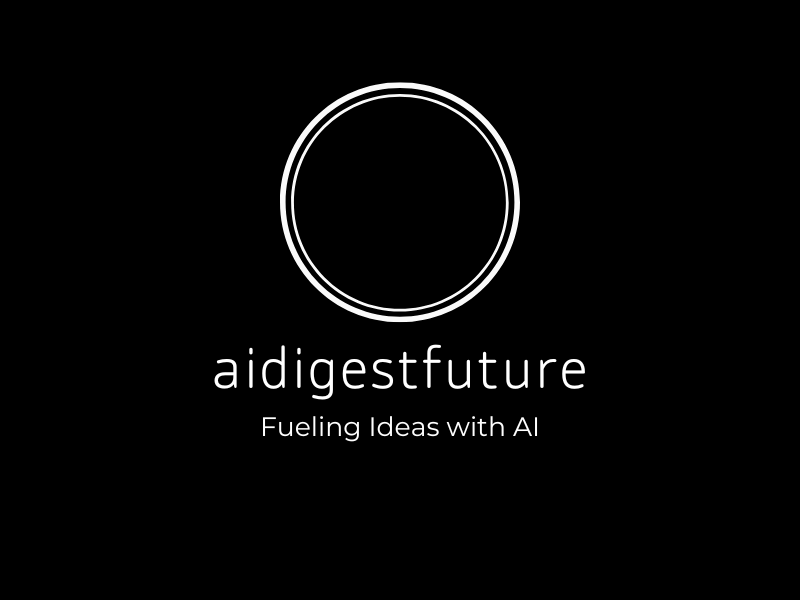
Introduction: A Glimpse into the AI Landscape
Artificial intelligence has become a powerful force revolutionizing industries, reshaping economies, and transforming the way we live, work, and communicate. From machine learning algorithms predicting consumer trends to autonomous vehicles navigating complex traffic patterns, the progress of AI is undeniable. Yet, a compelling question looms large – is artificial intelligence progressing endlessly, or is it approaching an unstoppable limit?
In this post, we dive deep into the current state of AI, assessing whether the trajectory of growth remains sustainable or if significant barriers could hinder the path of innovation.
Understanding the Rapid Progress of AI
The journey of AI has been nothing short of revolutionary. Over the decades, progress in computer power, data accessibility, and sophisticated algorithms has fueled its scalability. Let’s explore some key areas showcasing its relentless pace.
1. AI’s Exponential Growth in Power and Capabilities
AI systems have advanced at an extraordinary rate, thanks to innovations in:
- Computational power: GPUs and TPUs (Tensor Processing Units) have drastically reduced computational time, enabling deep learning models to train faster.
- Data availability: The digital era has led to an explosion of data, offering AI systems vast resources to learn intricate patterns.
- Algorithmic sophistication: Breakthroughs like transformers (e.g., OpenAI’s GPT models) have unlocked new potential for natural language understanding and generative tasks.
Whether it’s ChatGPT offering human-like interaction or self-learning systems excelling in games like chess and Go, AI seems poised to redefine what’s possible.
2. Real-World Applications Driving Momentum
AI’s integration into the real world offers a clear view of its progress. Current applications span:
- Healthcare: Enhancing diagnoses through predictive analytics and enabling precision medicine.
- Finance: Fraud detection, algorithmic trading, and more efficient customer service through chatbots.
- Transportation: Autonomous driving systems aiming for safer commutes.
- Retail: Personalized recommendations and inventory optimizations guided by machine learning.
Every implementation points toward remarkable strides in efficiency and intelligence that were unthinkable just a decade ago.
Are We Approaching the Ceiling of AI Progress?
Despite its remarkable trajectory, the notion of limits comes into play when we examine the factors that may restrict AI’s unbridled development.
1. Data Challenges
AI systems thrive on data, but the landscape isn’t infinite. Key challenges include:
- Data quality: Training datasets often include biases or are incomplete, leading to unreliable outputs.
- Data privacy: As regulations like GDPR come into focus, access to necessary data could become limited.
- Data saturation: Gathering high-quality labeled data for training models at scale becomes more difficult as industries mature.
2. Hardware Constraints
Although computational power has evolved, we are nearing physical limits. Efficiency improvements in processors may slow, making it harder for hardware to keep pace with the increasing complexity of AI models.
3. Ethical and Societal Barriers
Ethics and societal concerns are critical obstacles that AI innovators must overcome. Issues like algorithmic bias, transparency, and human displacement in jobs lead to hesitancy in adopting and deploying certain AI technologies. The need for regulations may also slow progress.
4. Diminishing Returns in Current Approaches
It’s possible that the predominant deep learning approaches we rely on today may hit a plateau. Simply scaling models with additional layers and parameters doesn’t always translate to better performance. The search for more efficient architectures will take time.
The Future of AI: Infinite Progress or Plateau?
The discussion about whether AI will stop or keep progressing centers on these areas of speculation:
1. The Role of Emerging Technologies
Advancements in technologies like quantum computing and neuromorphic engineering could alleviate bottlenecks in hardware constraints, moving us past current limitations.
2. The Push for General AI
While today’s AI systems are highly specialized (narrow AI), achieving Artificial General Intelligence (AGI) remains the ultimate ambition. However, AGI comes with extraordinary challenges in reasoning, problem-solving, and adapting to any given scenario.
3. Society’s Stance on AI Growth
Ultimately, society’s perspective on privacy, ethics, and employment will dictate how far AI can progress sustainably. Striking a balance between innovation and responsibility is pivotal.
Conclusion: Navigating the AI Frontier
As we reflect on whether artificial intelligence is progressing or approaching an unstoppable limit, it’s clear that the answer isn’t black or white. AI is both a triumph of human ingenuity and a reminder of the boundaries that we may encounter.
While current advancements suggest an exciting future, acknowledging the challenges ahead ensures we adopt a balanced approach to growth. As industry leaders and researchers focus on resolving issues like ethics, bias, and resource constraints, AI will likely continue its rapid evolution – but not without hurdles along the way.
For those fascinated with AI trends and technologies, explore related content and insights on AI Digest Future.
Recommended Reading
To dive deeper into this topic, here’s a curated list of resources for further exploration:
- MIT’s Artificial Intelligence Research
- Carnegie Mellon University’s AI Center
- Stanford’s AI Lab
- IBM’s AI Innovations
- Nature Journal on AI Research
- ArXiv’s AI Repository
- Tesla’s Autonomy Projects
- OpenAI Initiatives
- The Verge on AI Exploration
- Forbes’ AI Trends
Stay inspired by the remarkable journey of artificial intelligence, and don’t miss out on the daily developments shaping our AI-powered world!
